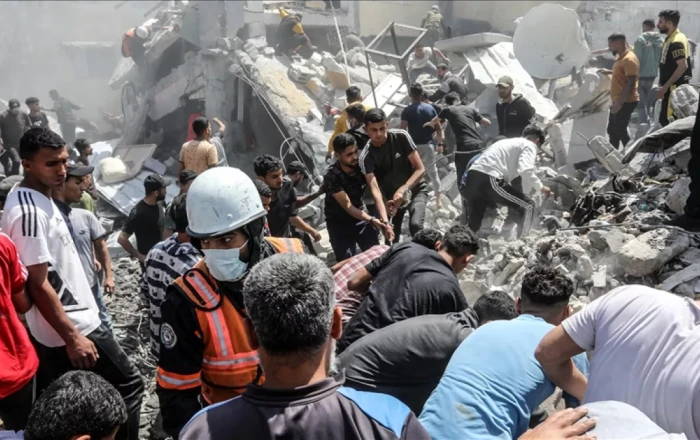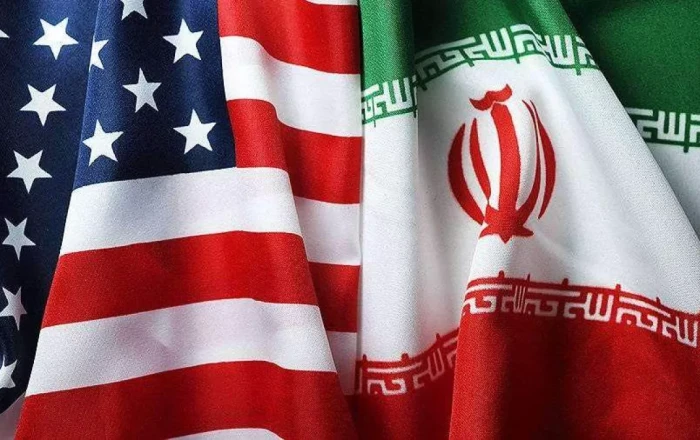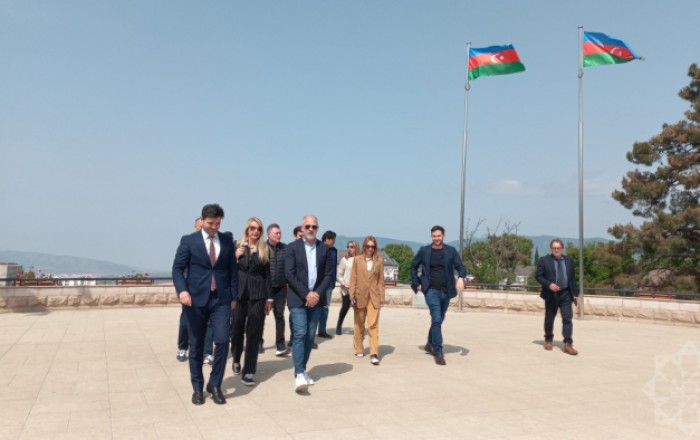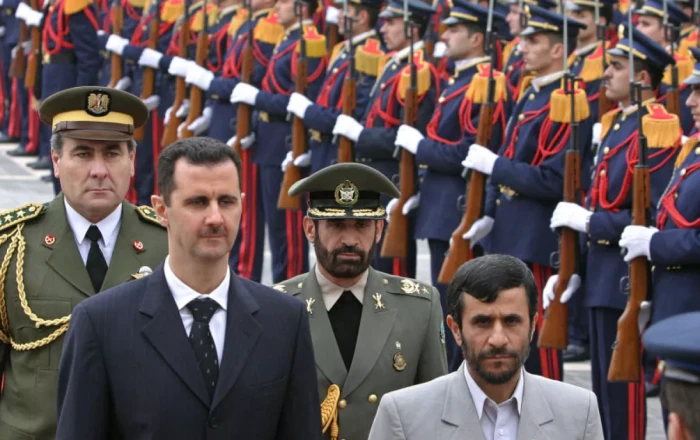Over three years since the Taliban's return, Afghanistan remains mired in a worsening economic and humanitarian crisis.
International measures—sanctions, frozen assets, and sharp cuts in aid—intended to pressure the Taliban have instead deepened the hardship faced by ordinary Afghans.
This approach has not only intensified widespread suffering but also threatens to destabilize the broader region. The failures of the international community’s approach towards the Taliban becomes clear when looking at social statistics. As an article that deals with the shortcomings of the isolationist policy imposed on the Taliban published on Nikkei Asia highlights, the UN reported in 2024 that over half of Afghanistan’s population—23.7 million people—needed humanitarian aid, yet only 25% of the required $3.06 billion was funded.
Acute malnutrition among Afghan children is expected to rise by 20% in 2025, affecting more than 3.5 million. Women have been disproportionately affected by the economic crisis. Female-led businesses in rural areas have closed due to poverty and lack of capital, while more than one-third of women report skipping meals for their children, according to the World Food Program. The West's focus on Taliban edicts often obscures the deeper issue: Afghan women are being stripped of both economic and social agency.
The Taliban’s 2022 opium ban further devastated rural livelihoods by cutting off a major income source without alternatives, contributing to a surge in illicit activities like smuggling and black-market trade. These shadow economies have filled the vacuum left by the formal economy’s collapse, empowering criminal groups and weakening governance.
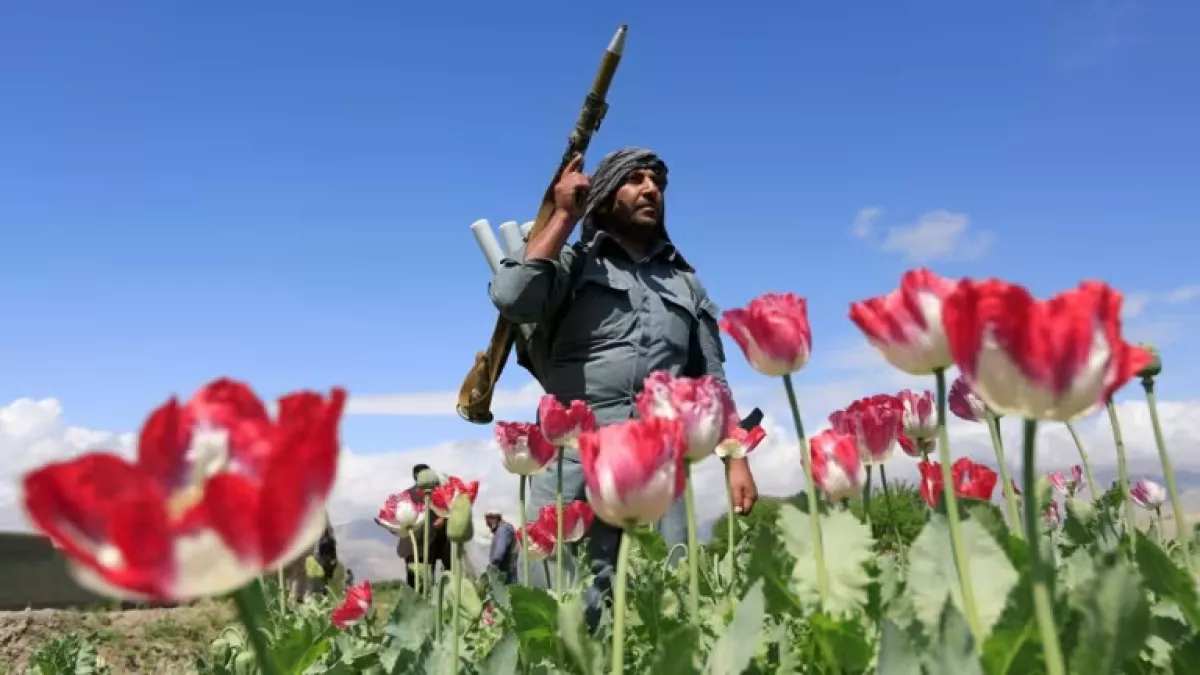
Afghanistan’s crisis is also straining the region. In 2024, over 750,000 Afghans returned—many deported from Pakistan and Iran—just as domestic displacement surged due to conflict, poverty, and climate shocks. These population movements risk destabilizing Central and South Asia, where support systems are already stretched. Countries like China and India, wary but invested in regional stability, have cautiously engaged with the Taliban. If left unaddressed, the author warns that Afghanistan’s deteriorating institutions risk becoming a haven for transnational extremist groups, potentially igniting renewed cycles of violence with consequences far beyond South and Central Asia.
The current international strategy of isolating the country—through sanctions, frozen assets, and limited engagement—has failed to produce the desired political shifts and has instead worsened the humanitarian crisis. Adjustments could offer relief The author argues that a reoriented approach is urgently needed, one that decouples humanitarian aid from political objectives. Aid can be structured to reach vulnerable populations while minimizing direct dealings with the Taliban.
A key recommendation is the conditional release of approximately $7 billion in frozen Afghan central bank assets, with rigorous oversight to ensure these funds support vital services such as health, food security, and education without enhancing the Taliban’s political influence. Revitalizing regional economic initiatives is another crucial step. Projects like the Turkmenistan-Afghanistan-Pakistan-India (TAPI) pipeline could offer a foundation for regional cooperation and economic revival if backed by renewed international support, despite the volatile security environment. These projects could also help integrate Afghanistan into a broader economic framework, alleviating its dependence on illicit economies and foreign aid.
Diplomatic engagement, even short of full recognition, is also seen as essential. Maintaining a diplomatic presence in Kabul could improve situational awareness, allow for more effective aid monitoring, and foster constructive dialogue. Additionally, the article emphasizes the importance of developing alternative economic pathways for Afghanistan. Vocational training and microfinance programs could empower rural communities and build long-term resilience in areas most affected by the economic collapse.
The piece stresses that prolonged isolation will not moderate Taliban rule nor improve conditions for ordinary Afghans. Without meaningful engagement and support mechanisms, the country’s crisis will deepen, increasing the risk of regional instability. The author concludes that international policy must shift from punitive disengagement to pragmatic involvement—prioritizing the Afghan people and addressing the country’s economic and humanitarian needs before it becomes an even greater global liability.
By Nazrin Sadigova
Source: caliber.az



